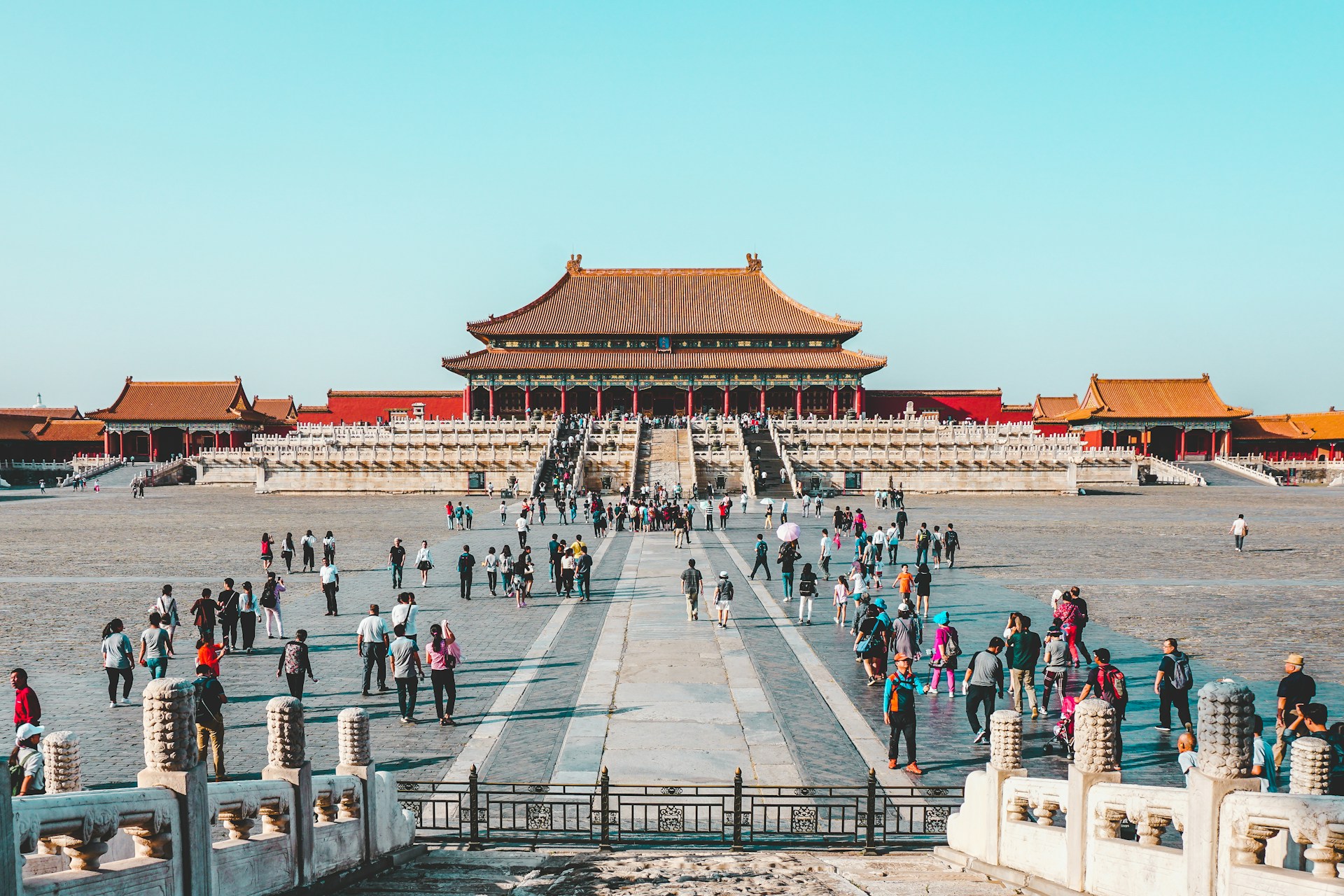In a bold display of technological resilience, China’s top tech firms are showcasing a new wave of artificial intelligence innovations at the World AI Conference in Shanghai, despite continued pressure from U.S. export sanctions. With over 800 companies unveiling more than 3,000 new AI products, the event marks a significant assertion of China’s ambition to lead global AI development through domestic strength rather than foreign dependency.
Central to this momentum is Alibaba’s unveiling of its open-source coding model, Qwen3-Coder. Designed to rival the likes of OpenAI’s GPT-4, early tests suggest the model not only holds its own but outperforms several Western alternatives in practical coding applications. This strategic launch reflects a broader effort by Chinese firms to build sovereign AI capabilities, underpinned by the government’s long-term “Made in China 2025” initiative, which prioritises AI and semiconductor self-reliance as pillars of national competitiveness.
Beyond established giants like Tencent and Huawei, the conference has spotlighted dynamic start-ups such as DeepSeek and Unitree. These emerging players are gaining traction for delivering high-performance generative models and robotics at significantly lower development costs. Their rise signals a maturing domestic AI ecosystem capable of driving global innovation, despite being largely shut out of high-end Western chip supply chains.
That blockade, however, has not fully stemmed the flow of restricted hardware. Reports suggest over $1 billion worth of Nvidia’s advanced AI chips have entered China via backchannels, while local firms continue to refurbish banned units for internal use. The ingenuity shown in sustaining progress under constraint only amplifies China’s resolve to close the technological gap.
For the global tech industry, the Shanghai showcase serves as a vivid reminder that sanctions alone are insufficient to stall AI leadership shifts. As Western governments consider tighter controls, Chinese companies are evolving rapidly, developing robust local alternatives and pursuing IPOs to fund continued growth. In this climate, the centre of AI gravity is shifting, and the race to lead may no longer depend on access to U.S. hardware but on the speed and cohesion of domestic ecosystems.


